The R380 was the first device to be marketed as a ‘smartphone’ after the term was coined in 1997, despite arguments that the Nokia 9000 (released in 1996) and the IBM Simon (released even earlier – in 1994) held the same capabilities.
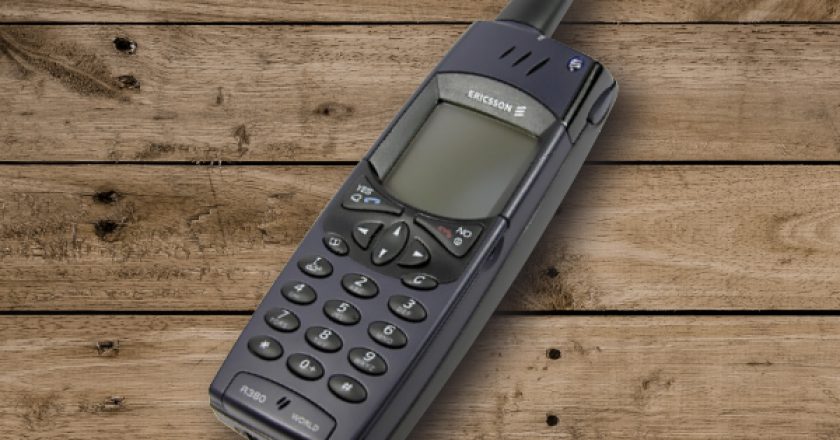

The R380 was the first device to be marketed as a ‘smartphone’ after the term was coined in 1997, despite arguments that the Nokia 9000 (released in 1996) and the IBM Simon (released even earlier – in 1994) held the same capabilities.
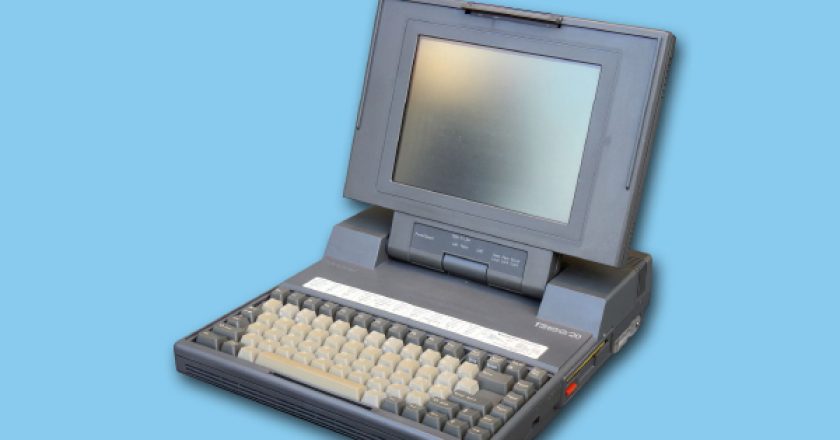
The release of the Toshiba T3100 in 1986 struck a fine balance between strong computing power, whilst also being durable and portable – though some may say it wasn’t technically ‘portable’ as it still required an external power source.
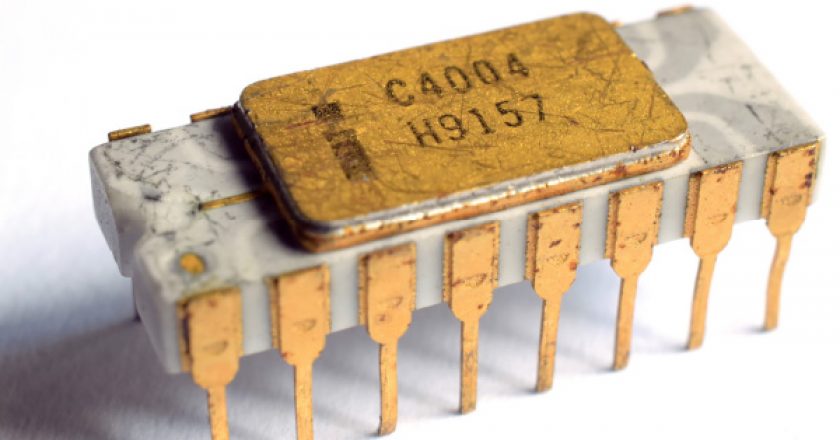
Generally regarded as the first commercially available microprocessor, the Intel 4004 – released in 1971 – was a 4-bit central processing unit (CPU), which began retailing at a price of $60.
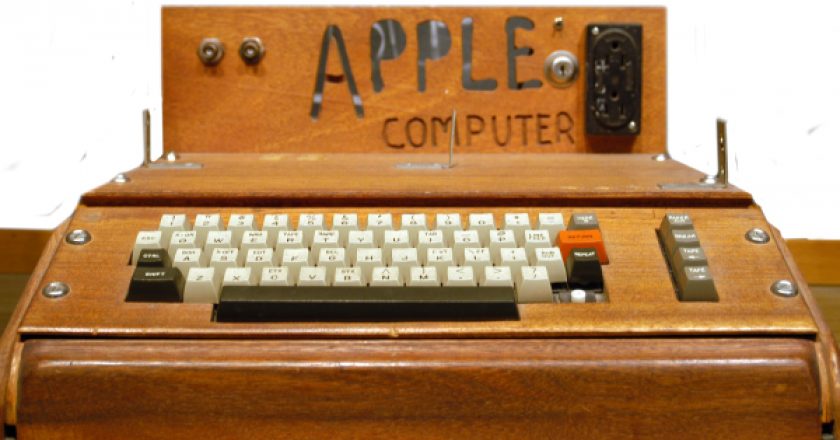
Apple 1, formally known as Apple Computer 1, was designed and hand-built by Steve Wozniak – a close friend of Steve Jobs and co-founder of Apple. It was the company’s very first product, and went on sale in July 1976 at a retail price of $666.66 – because Wozniak “liked repeating digits.”
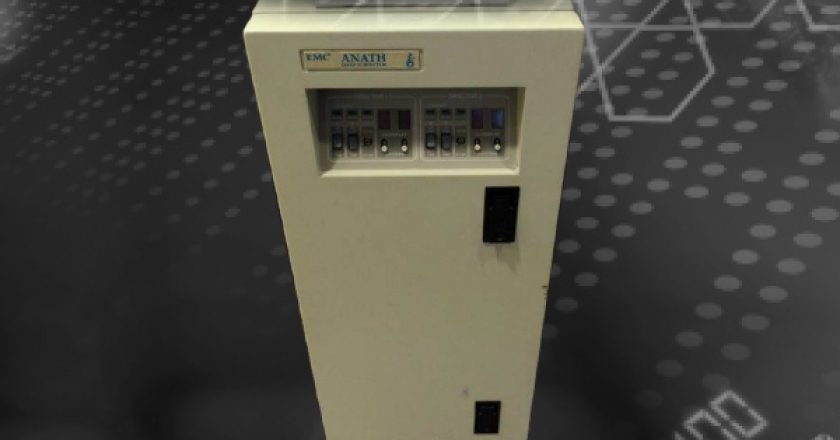
EMC’s first milestone was the introduction of the Symmetrix 4200 Integrated Cache Disk Array in 1990, which had a capacity of 24 gigabytes, and used RAID technology.
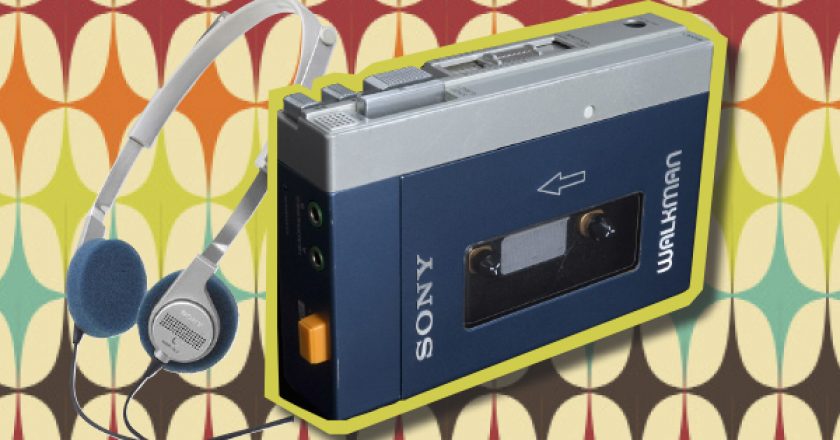
Before the iPod, the iconic Walkman ruled the roost. Released in July 1979 by Sony Corp. the Walkman TPS-L2 was a 14 ounce, blue and silver, portable cassette player.
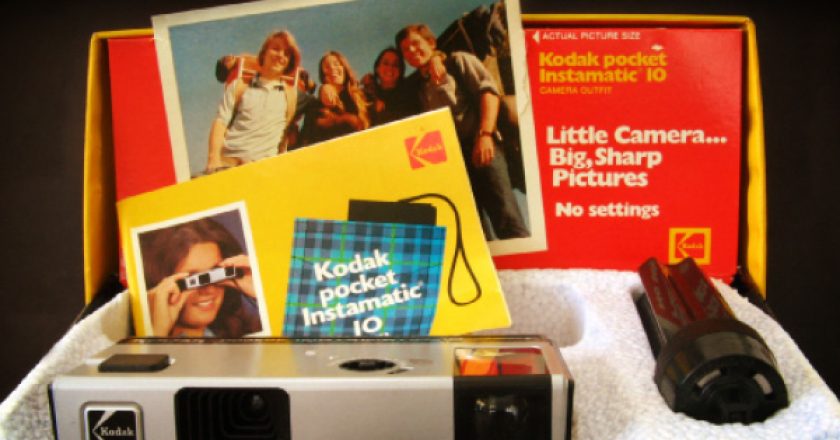
In 1972, Kodak launched its Pocket Instamatic series of cameras, which flaunted a 110 cartridge format. The release of the gadget …
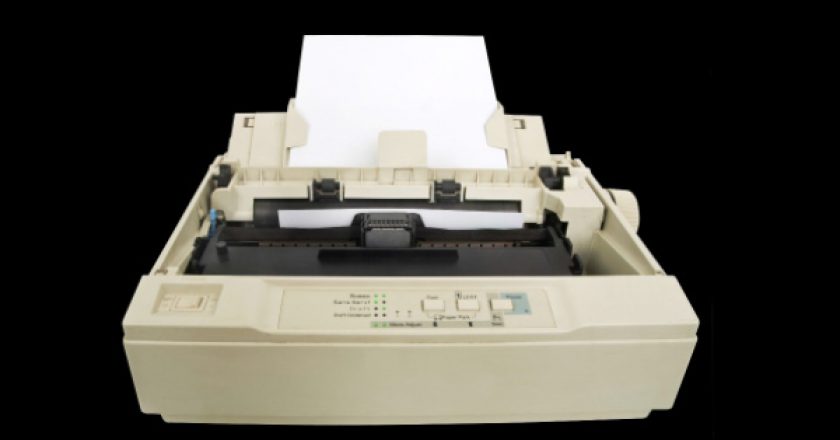
Considered one of the oldest types of printer, the dot matrix was first introduced by Japanese manufacturer OKI as the OKI Wiredot in 1968.
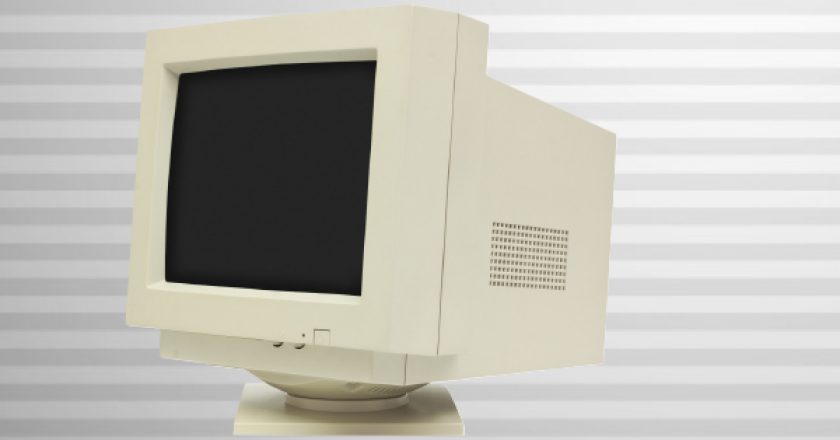
This month’s vintage tech features the first computer monitors used cathode ray tubes (CRTs). Prior to the advent of home computers in the late 1970s, it was common for a video display terminal (VDT) using a CRT to be physically integrated with a keyboard and other components of the system in a single large chassis.
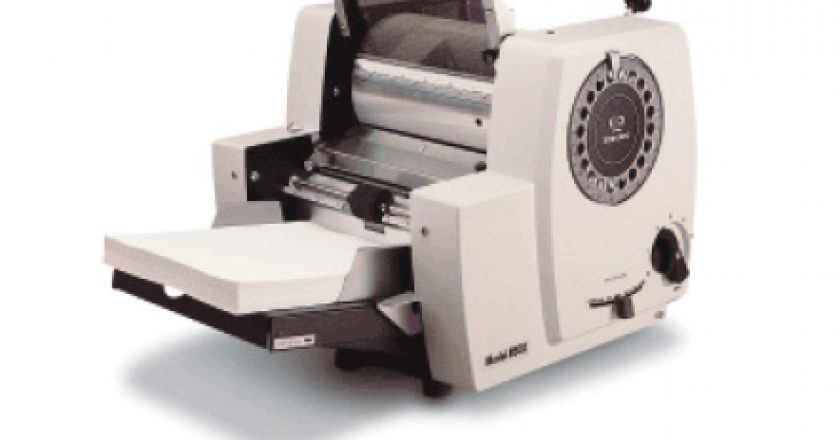
Before printers, copiers – and well before scanners that can digitise thousands of sheets of paper onto a flash drive the size of a stick of gum – there was the humble, albeit massively clunky, Ditto machine.

Released in 2004, the Motorola Razr was widely considered to be the start of a new trend in mobile devices – the era of the flip phone.

Launched as the main operating system for IBM PCs in 1981, Microsoft Disk Operating System (MS-DOS) set the ball rolling for the foundations on which computer programmes could run.

Released in June 1981 in the United States, the Texas Instruments TI-99/4A was an updated version of their unpopular TI-99/4 released two years prior.
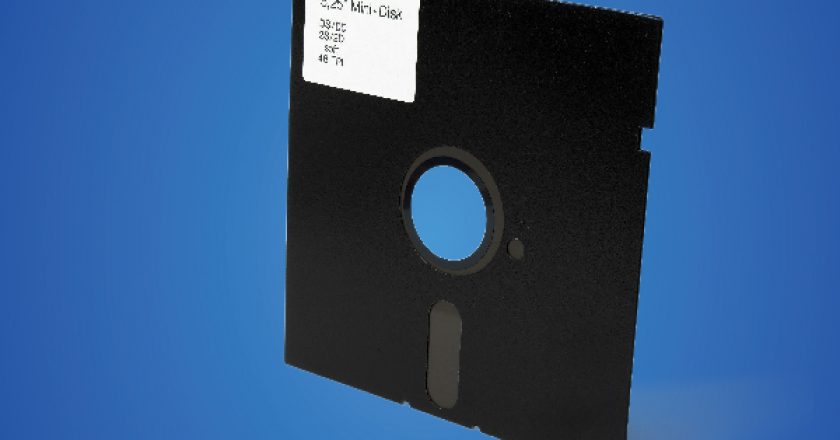
The original floppy was a thin and flexible magnetic storage medium lined with fabric. The original 5 ¼ inch disks were the ubiquitous form of data storage from the 1970s onwards.